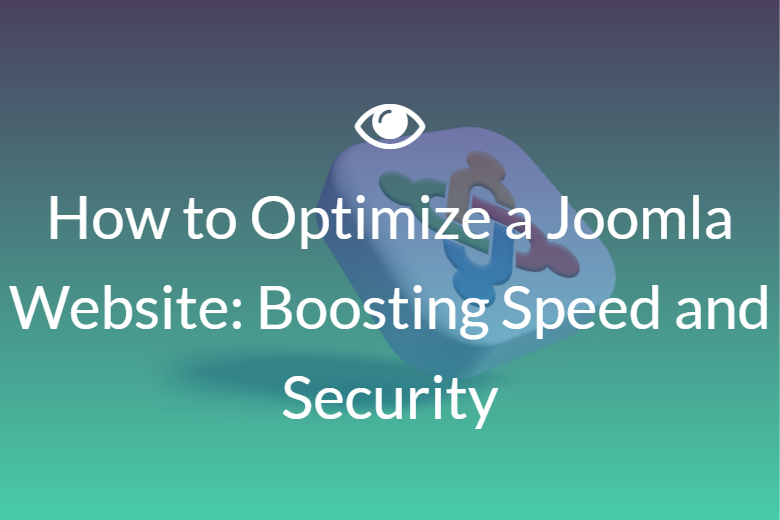How to Optimize a Joomla Website: Boosting Speed and Security
Joomla is a widely loved content management system (CMS) that empowers countless websites across the internet. With its flexibility and robust features, Joomla offers an excellent foundation for building and managing websites. However, like any CMS, it is crucial to optimize your Joomla website for both speed and security. In this article, we will explore effective techniques to maximize the performance and protection of your Joomla site, ensuring an exceptional user experience.
Optimizing Speed
Evaluate Hosting Performance
Your choice of hosting provider plays a significant role in website speed. Opt for a hosting solution that specializes in Joomla hosting or offers optimized environments for CMS platforms. Ensure your hosting package aligns with the expected traffic and resource requirements of your website.
Utilize Caching Mechanisms
Caching can dramatically enhance the speed of your Joomla website. Implement a reliable caching mechanism to store static versions of your web pages, reducing server load and minimizing the time required to generate content for each visitor. Popular Joomla caching extensions include Cache Cleaner and JotCache.
Optimize Images
Large and unoptimized images can significantly impact your website’s loading time. Compress images without sacrificing quality using tools like Kraken.io or Smush. Additionally, leverage responsive image techniques to deliver appropriately sized images based on the user’s device.
Minify CSS and JavaScript Files
Reduce the file size of your CSS and JavaScript files by removing unnecessary comments, whitespaces, and code redundancies. Utilize minification plugins like JCH Optimize or JS & CSS Script Optimizer to automate this process effectively.
Enhancing Security
Regularly Update Joomla Core and Extensions
Keeping your Joomla CMS software and extensions up to date is critical for maintaining a secure website. Constantly monitor for updates and apply them promptly to benefit from bug fixes, performance enhancements, and most importantly, security patches.
Employ Robust Passwords and Two-Factor Authentication
Strengthen your Joomla website’s security by setting strong passwords that include a mix of uppercase and lowercase letters, numbers, and special characters. Enabling two-factor authentication adds an extra layer of protection, making it significantly harder for attackers to gain unauthorized access.
Use a Reliable Firewall
Install a reputable firewall extension like Akeeba Admin Tools or RSFirewall! to shield your Joomla website from common hacking attempts. These firewalls monitor and filter incoming traffic, preventing malicious attacks and unauthorized access attempts.
Secure Your Database
Protect your Joomla website’s database by changing the default table prefix during installation. Additionally, restrict database access to trusted IP addresses, minimizing potential vulnerabilities.
Optimizing your Joomla website is vital to ensure high performance and robust security. By implementing the techniques mentioned above, you can significantly boost your site’s speed, safeguard it from potential threats, and deliver an exceptional user experience. Remember to stay up to date with the latest Joomla updates and security best practices to keep your website safe in the ever-evolving online landscape.


